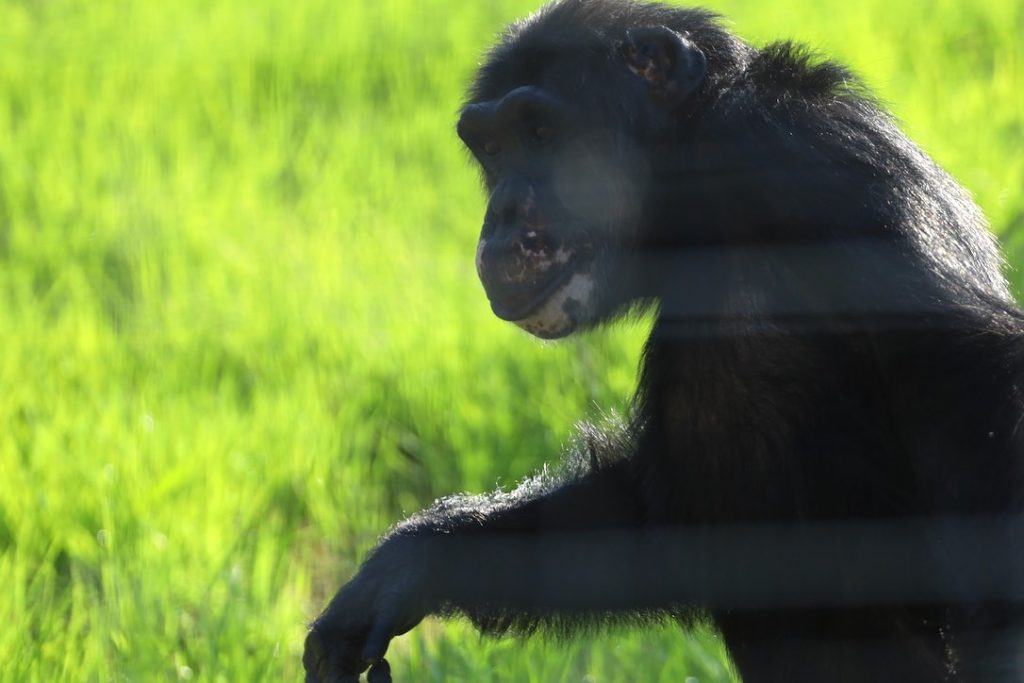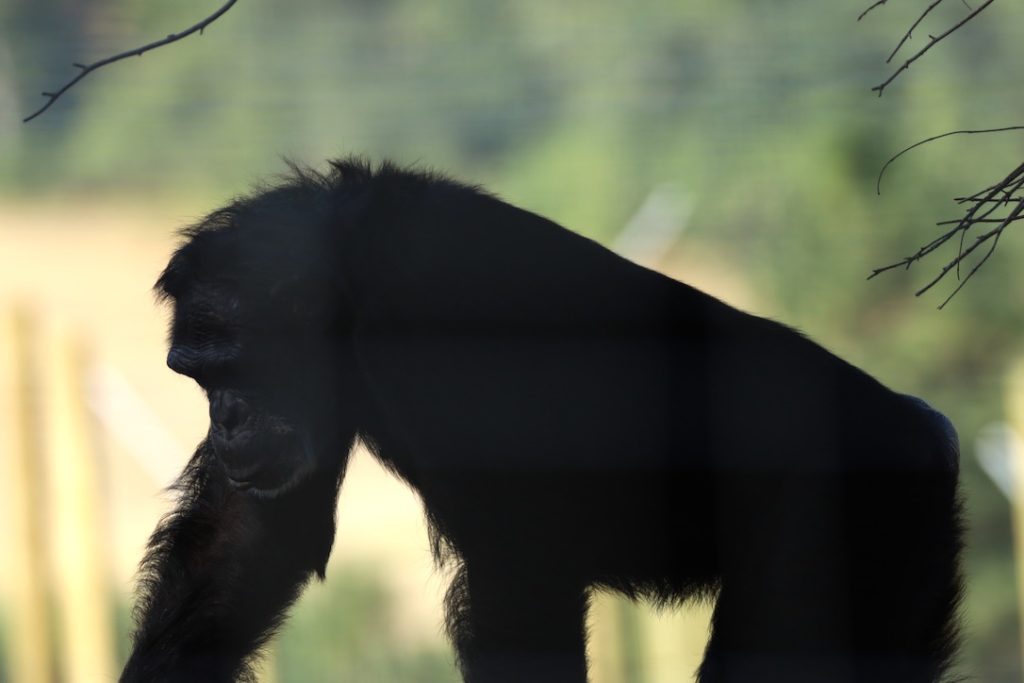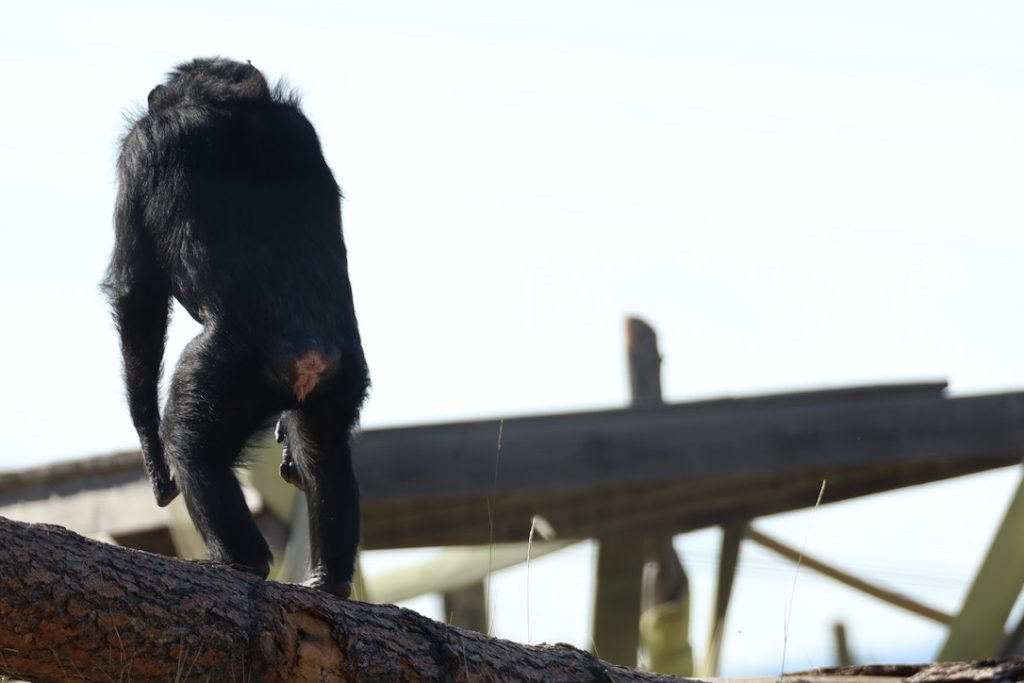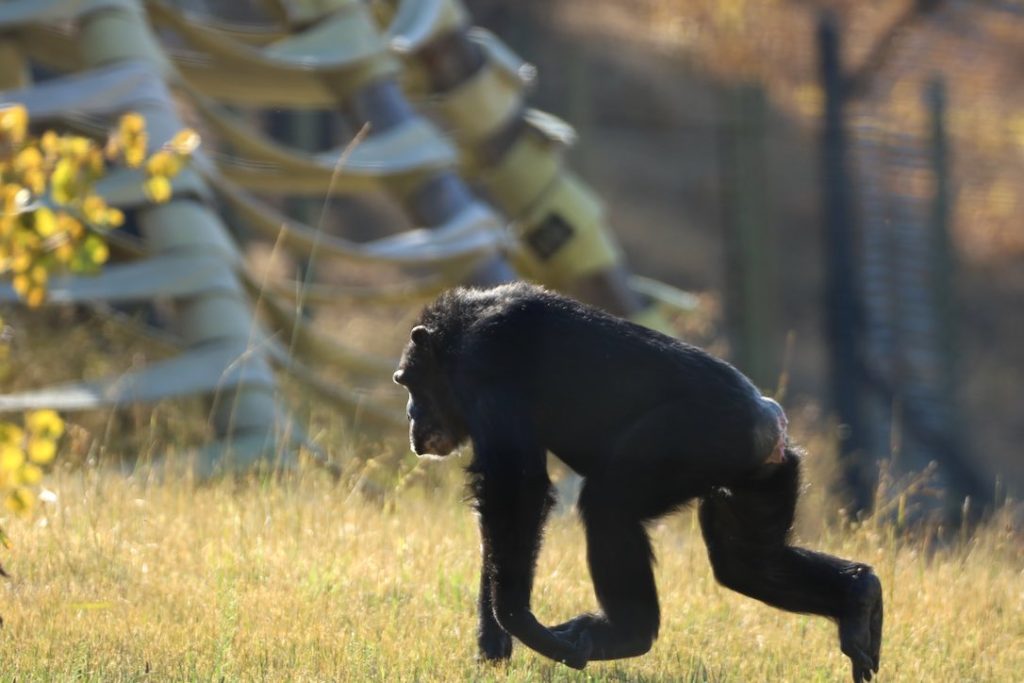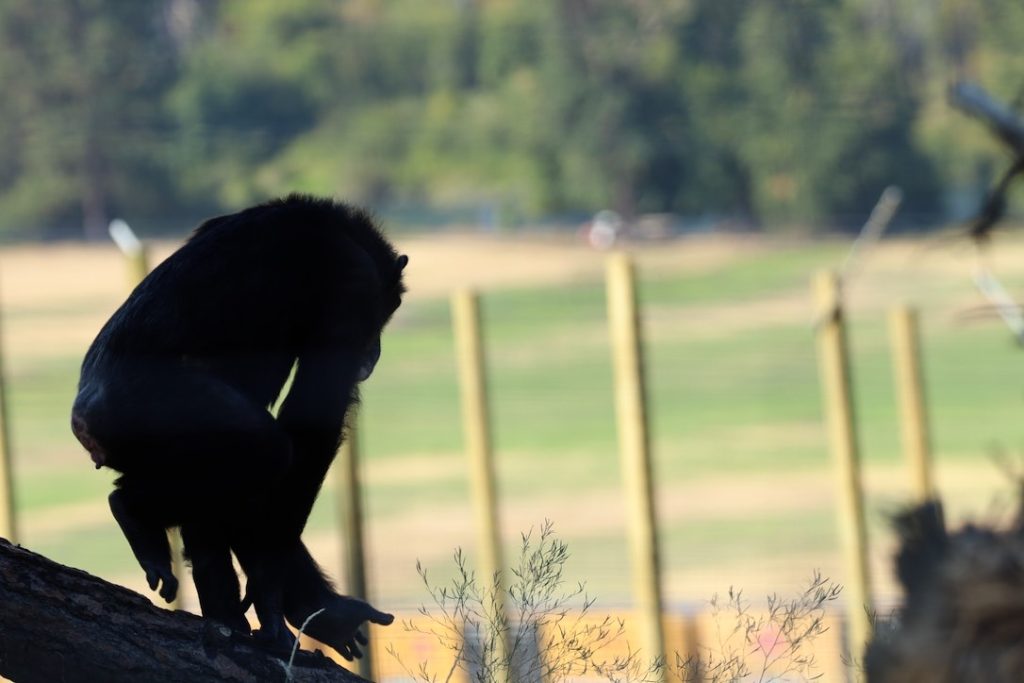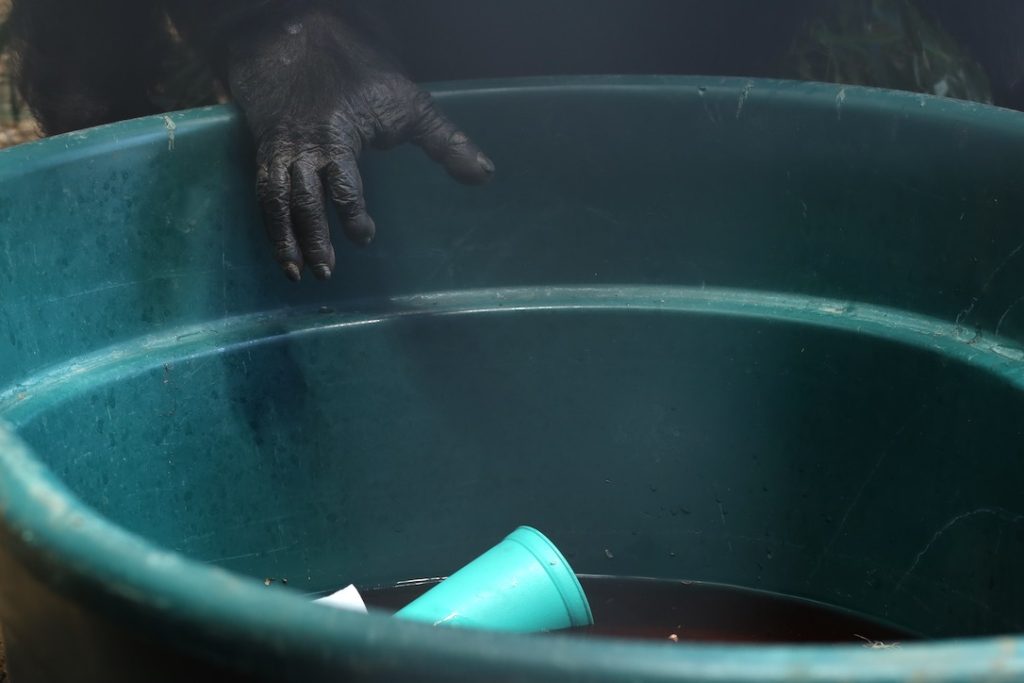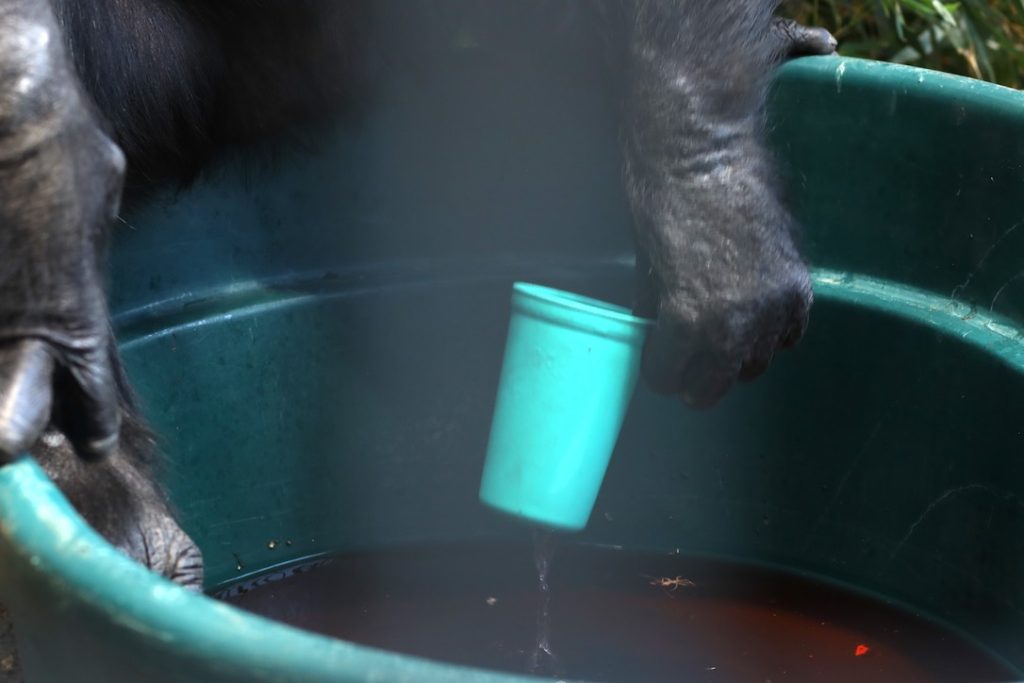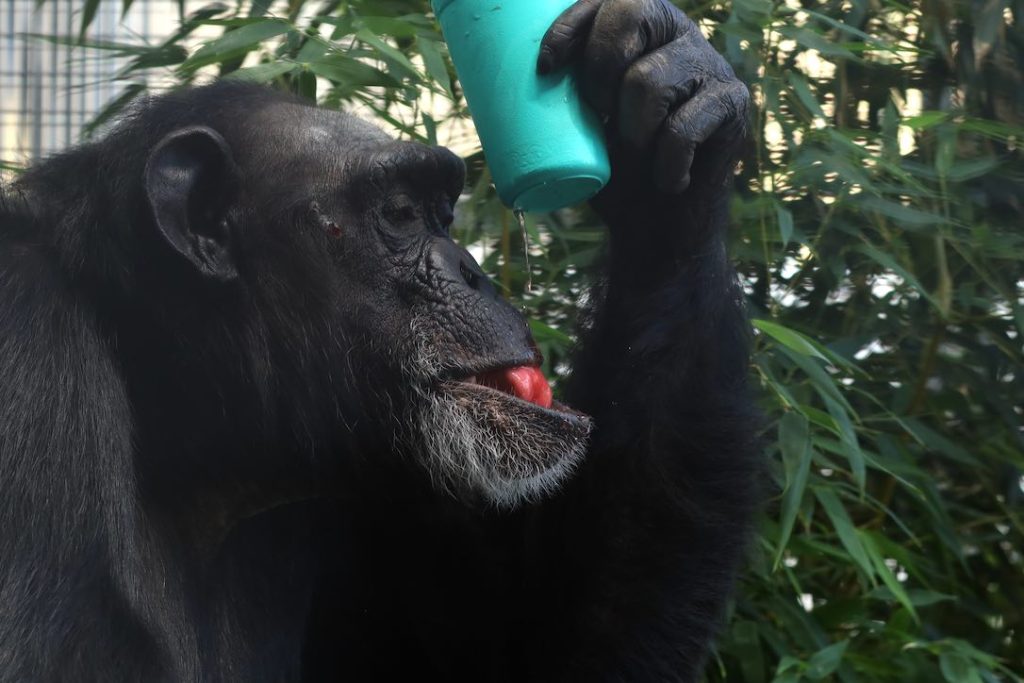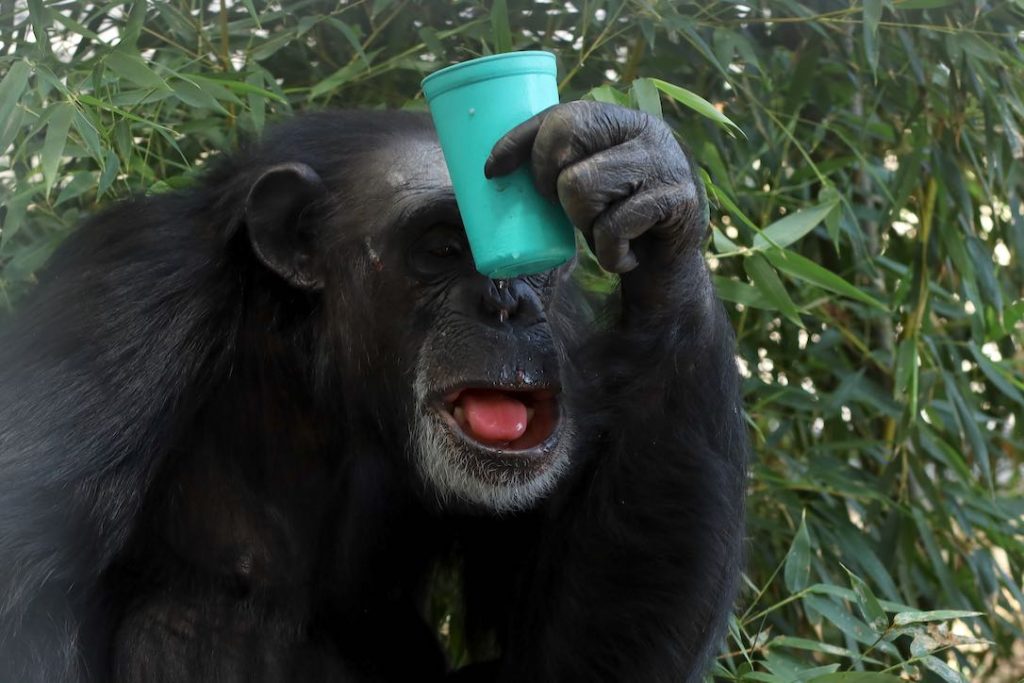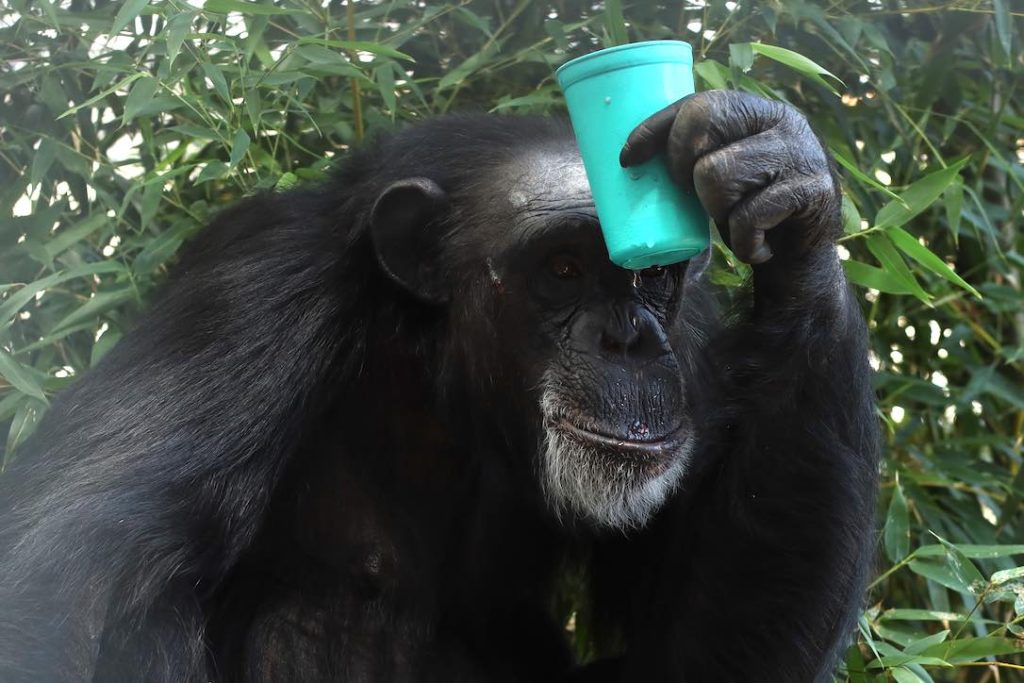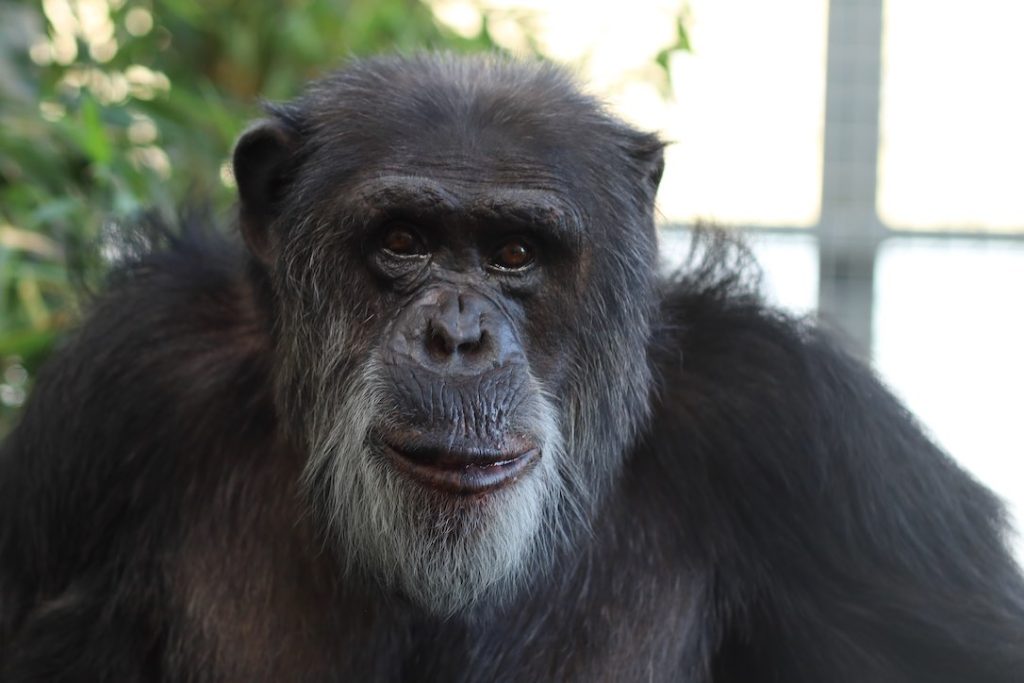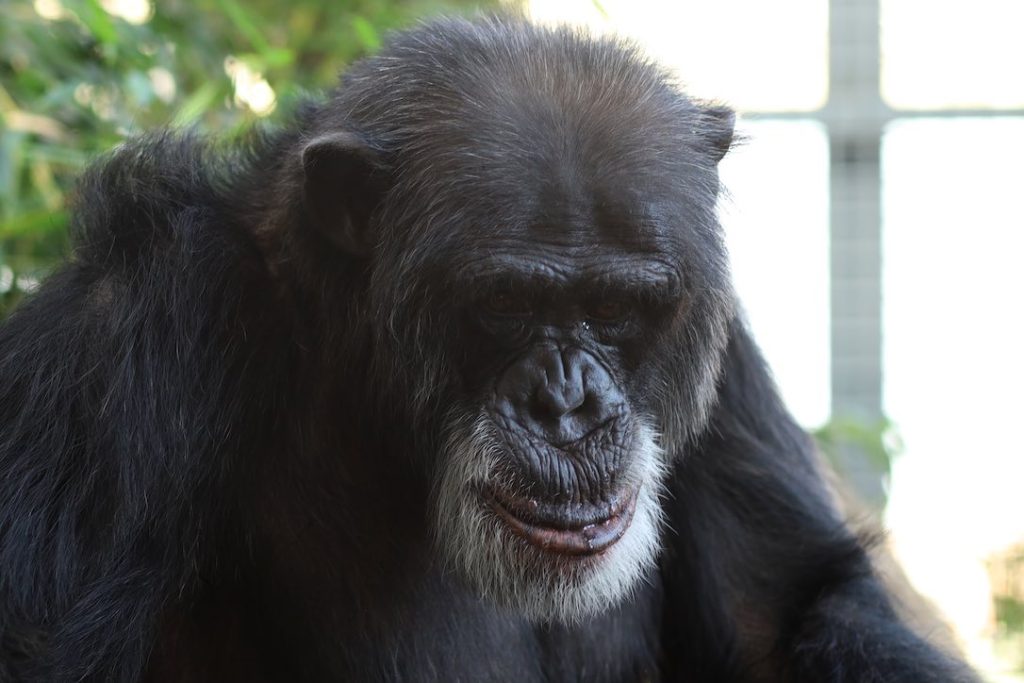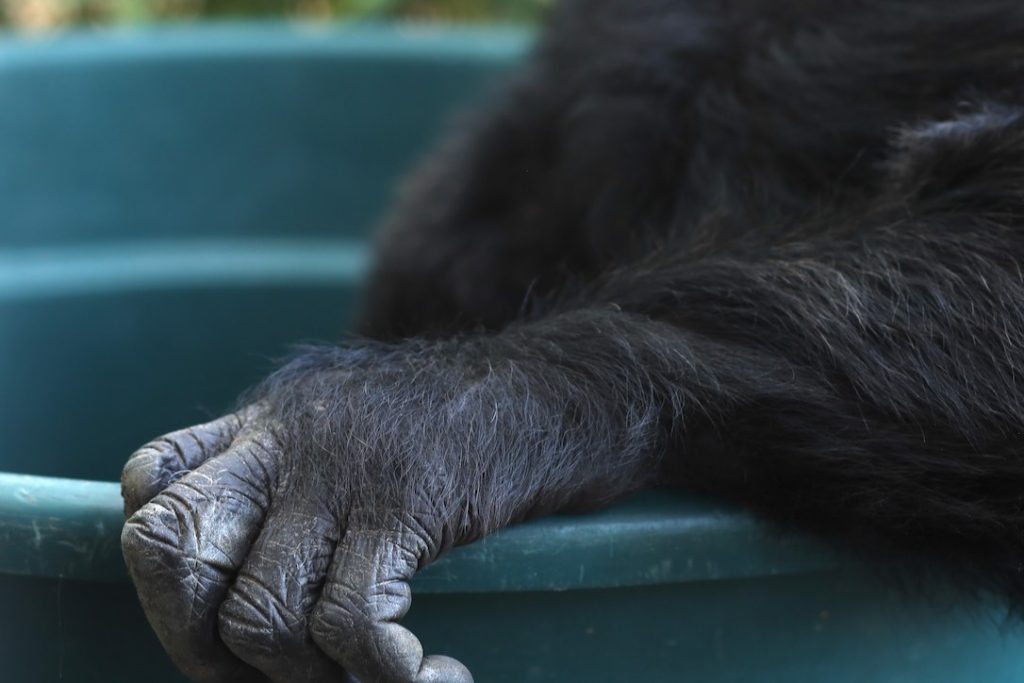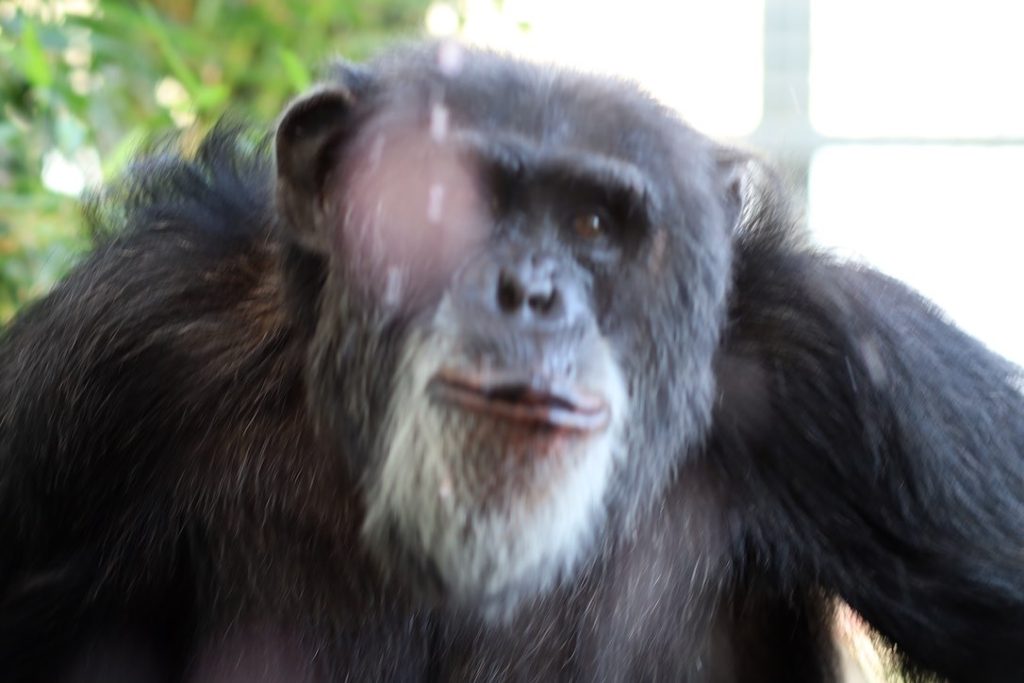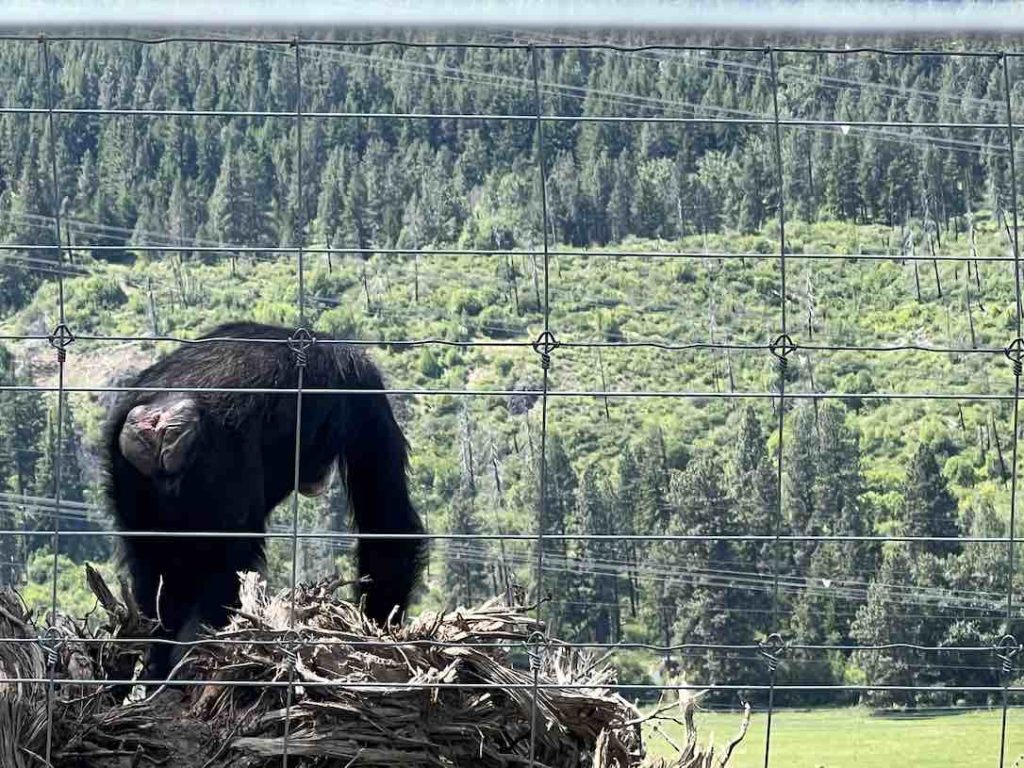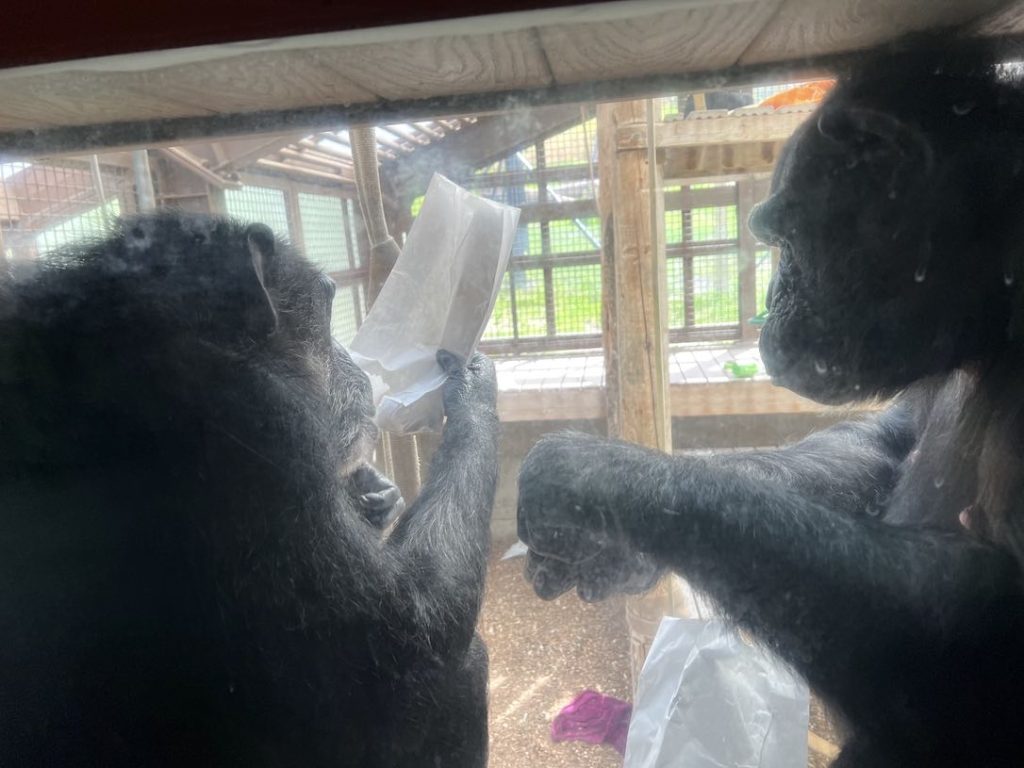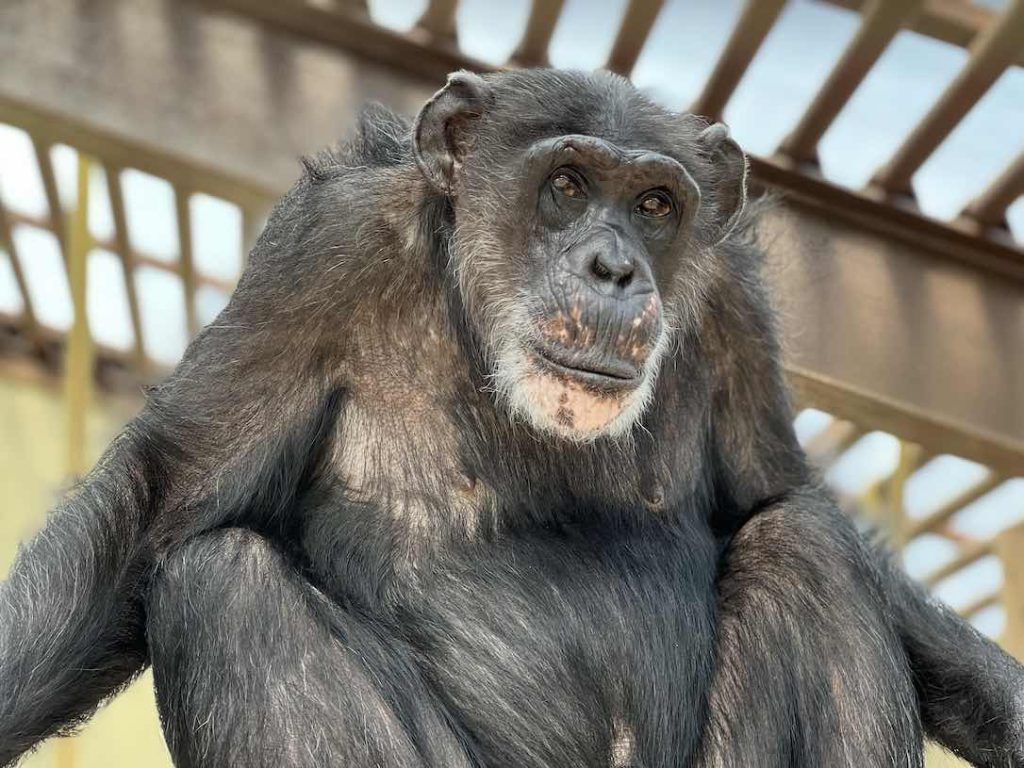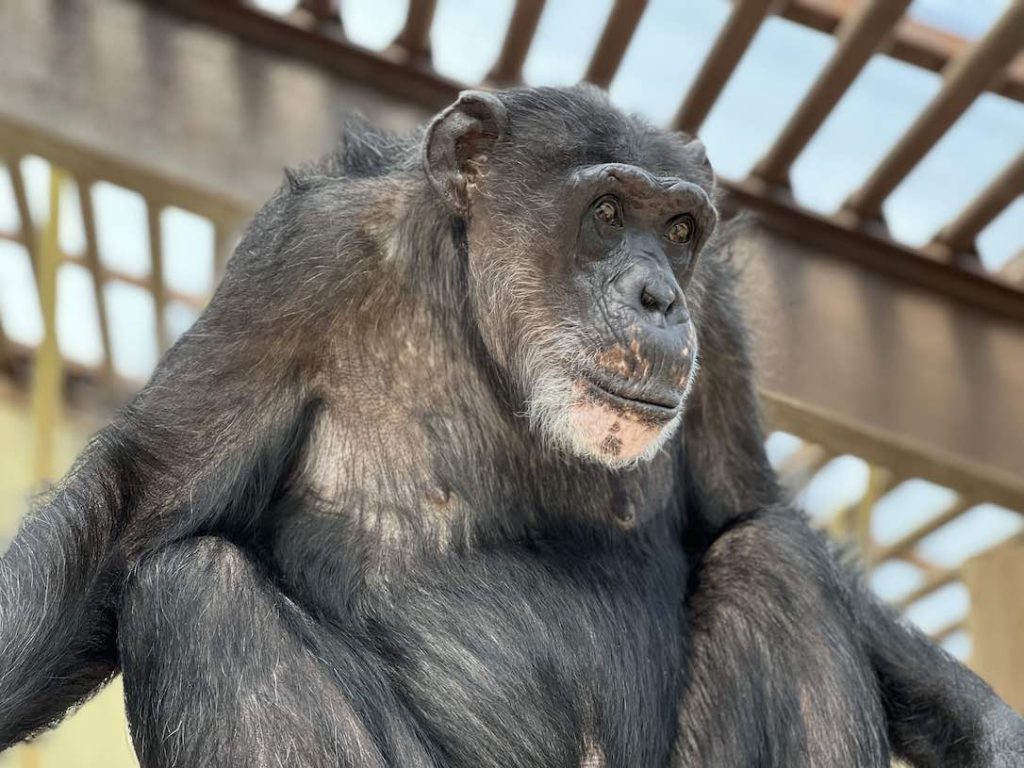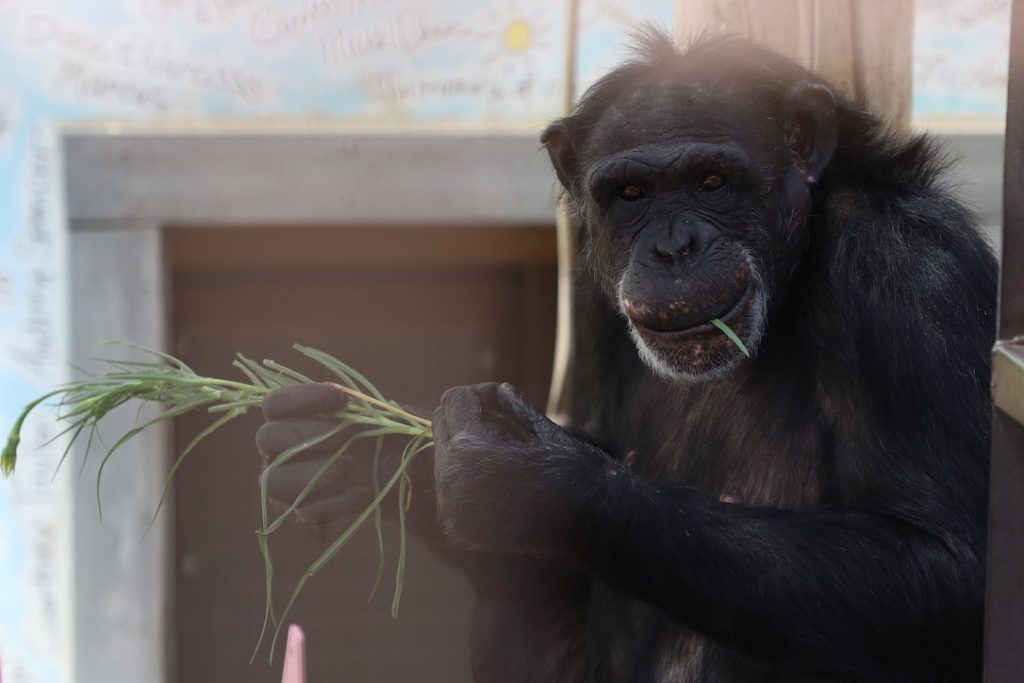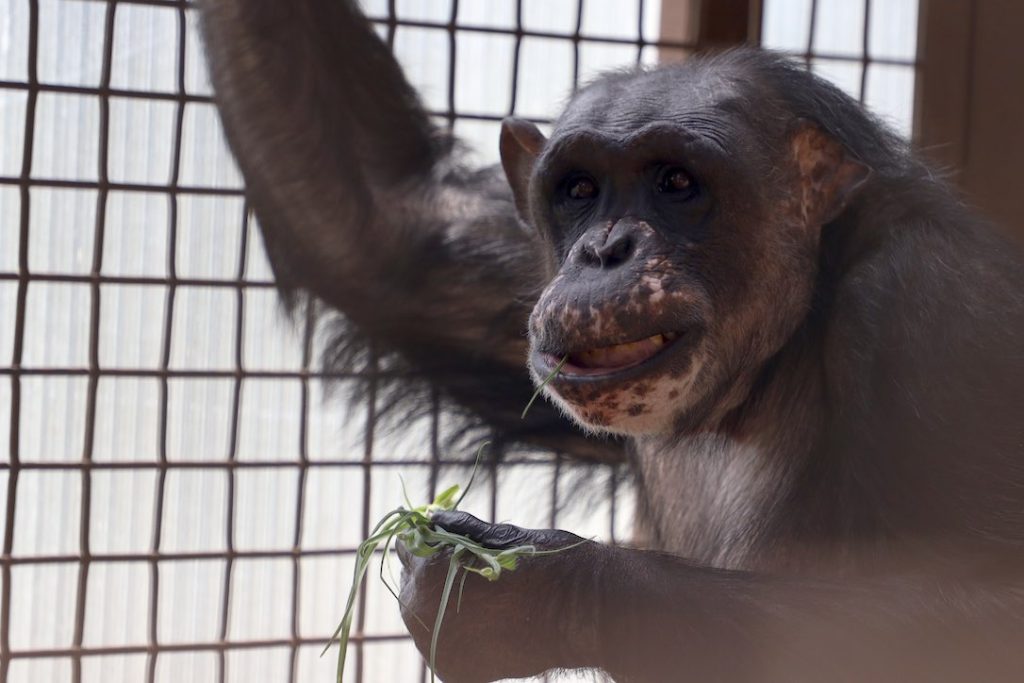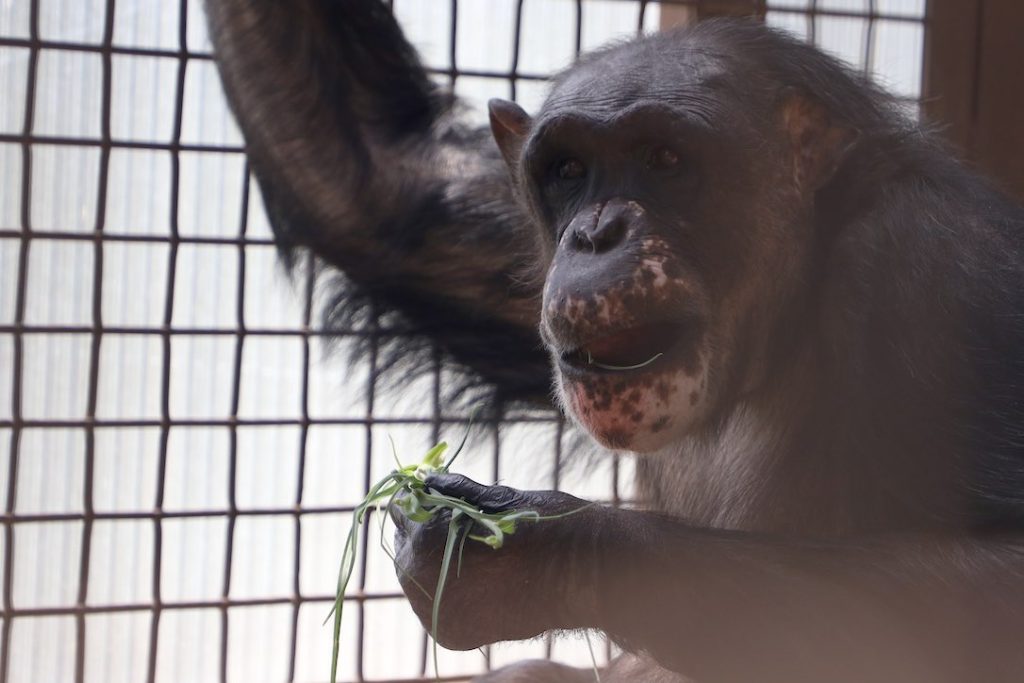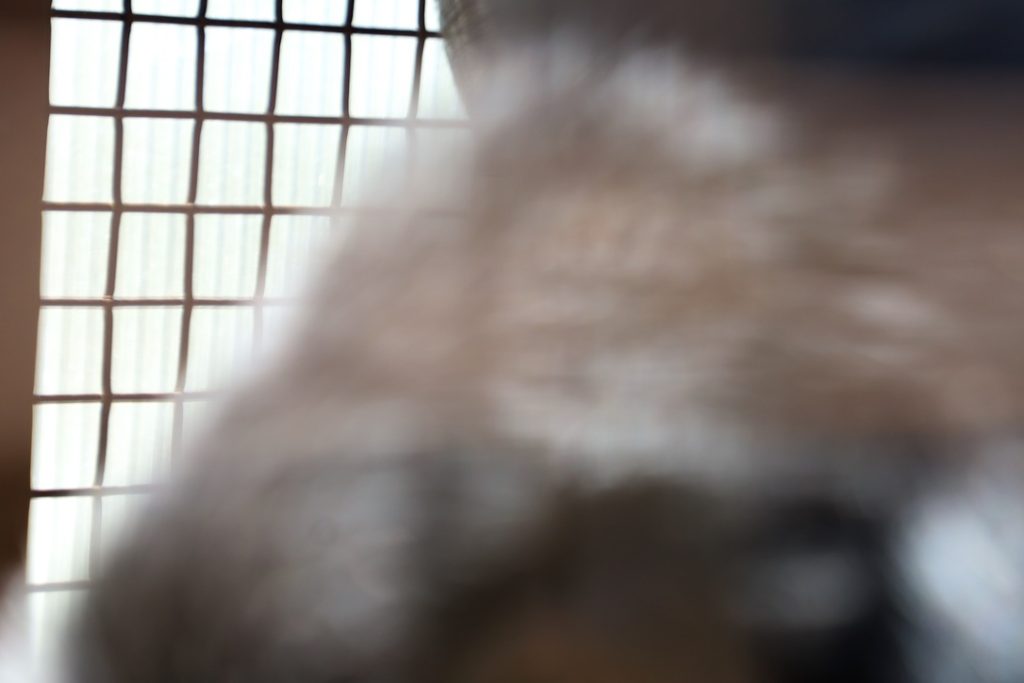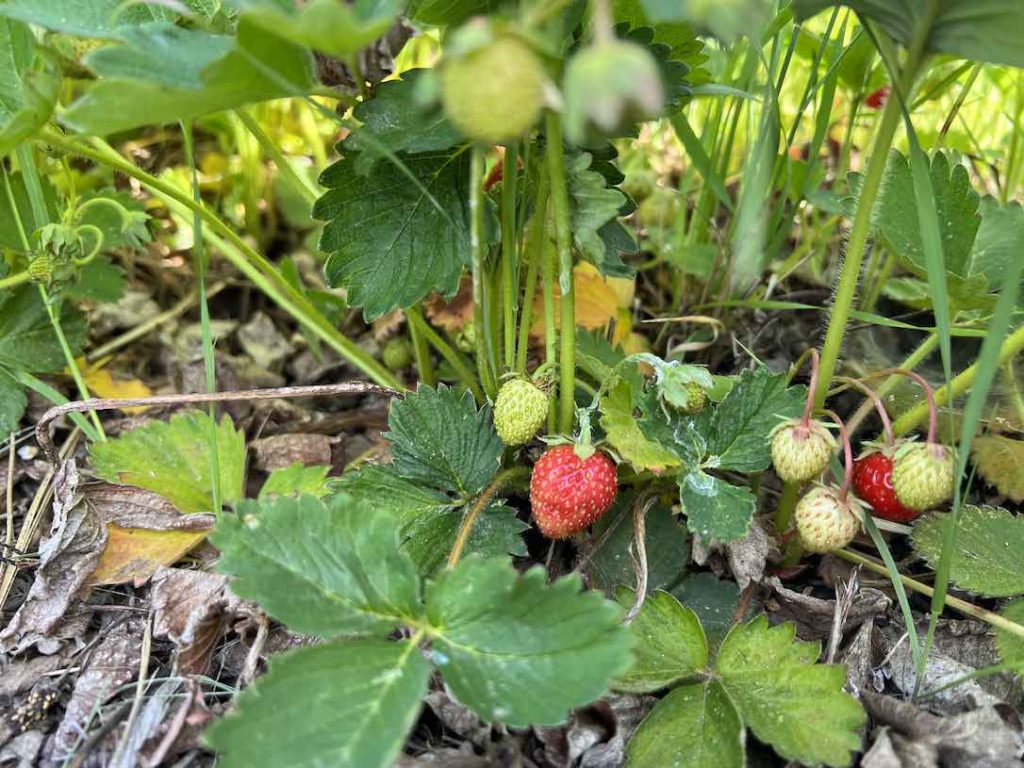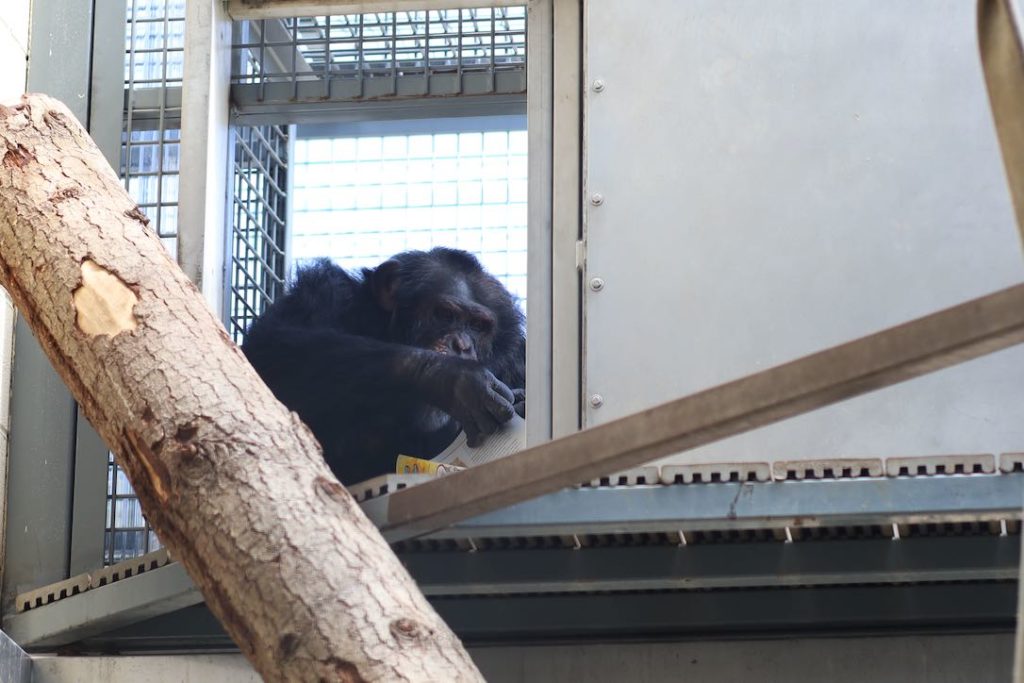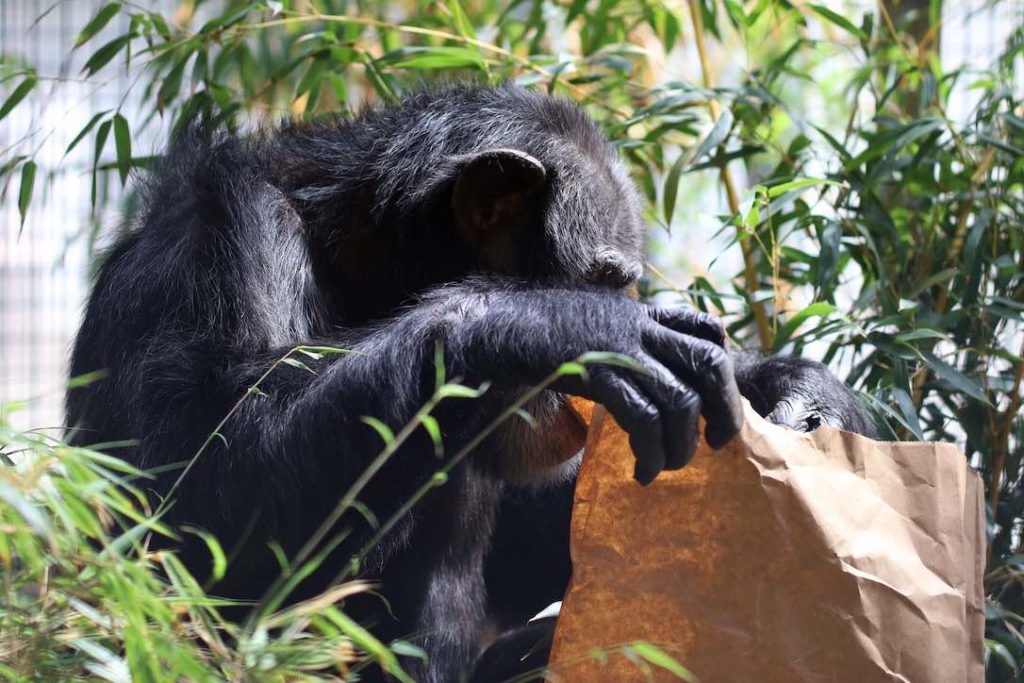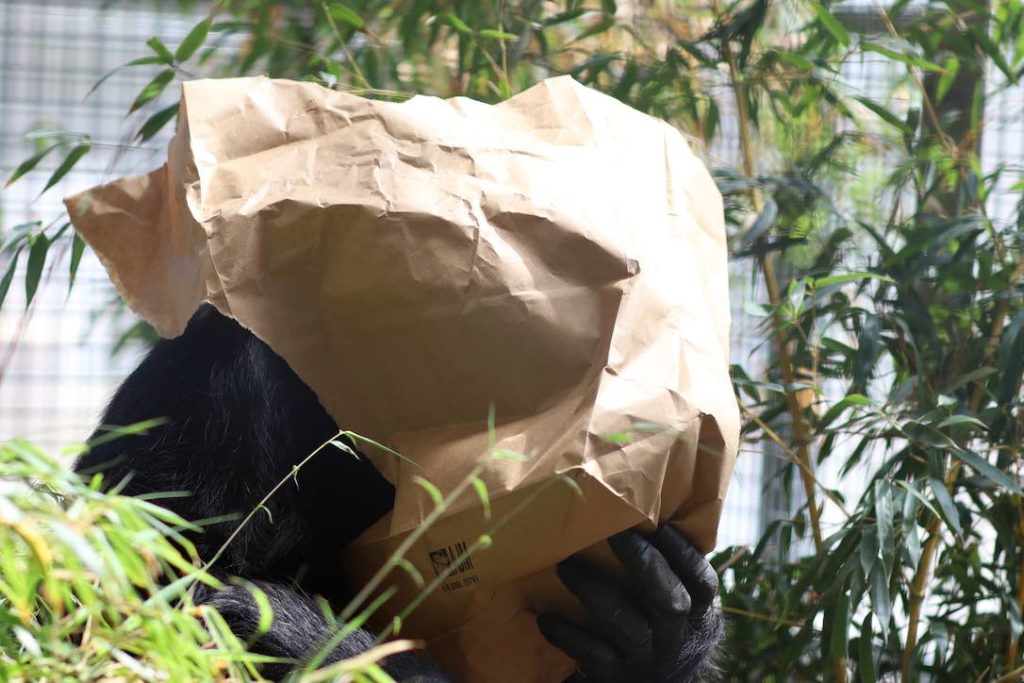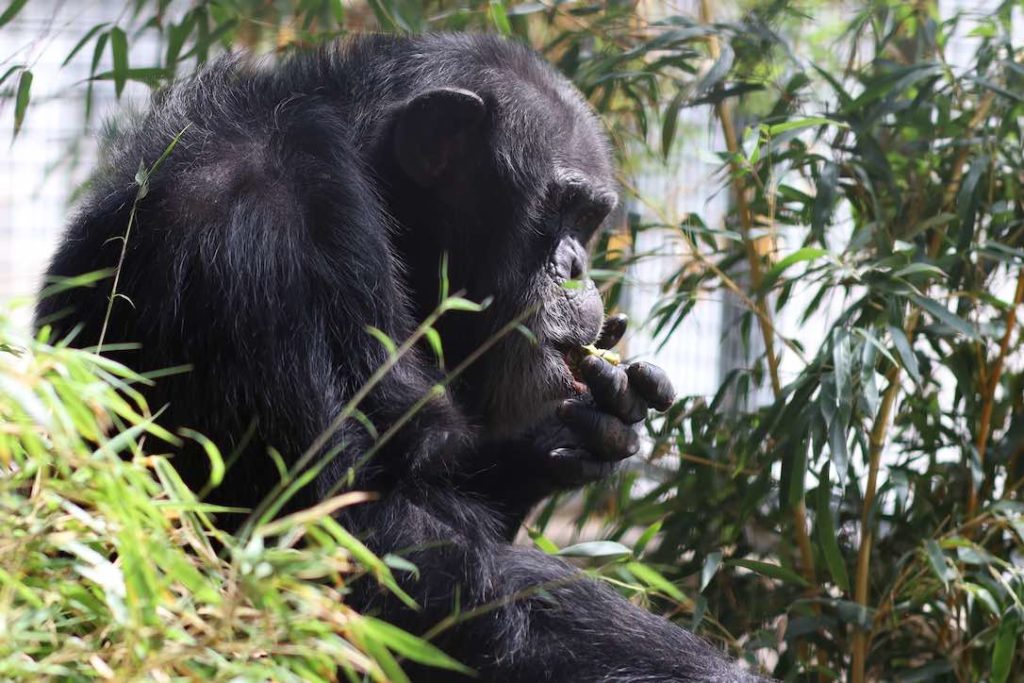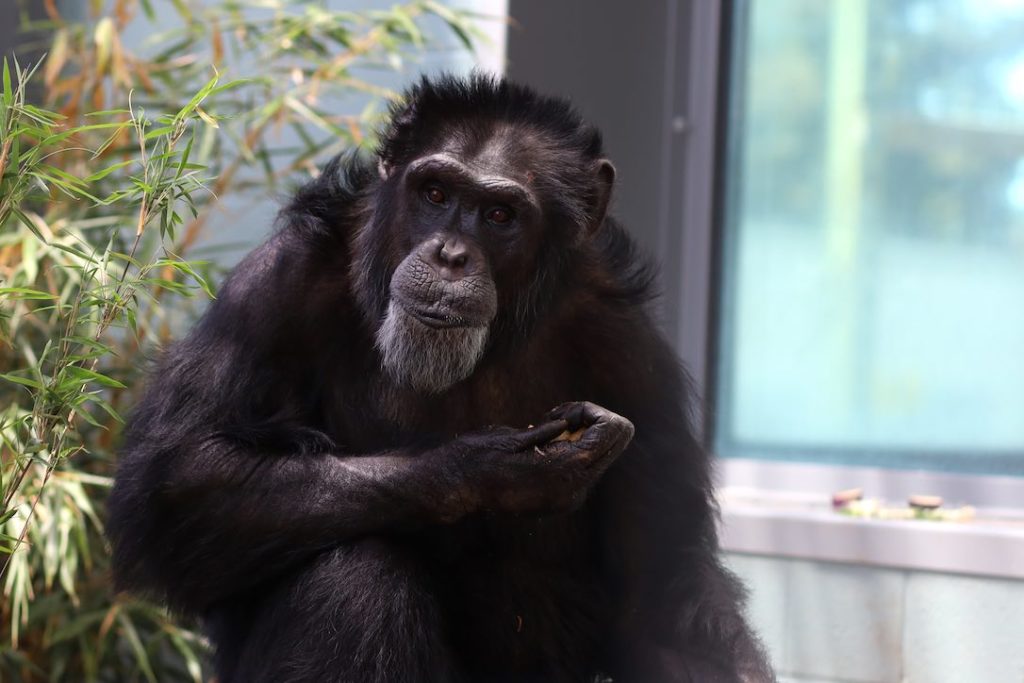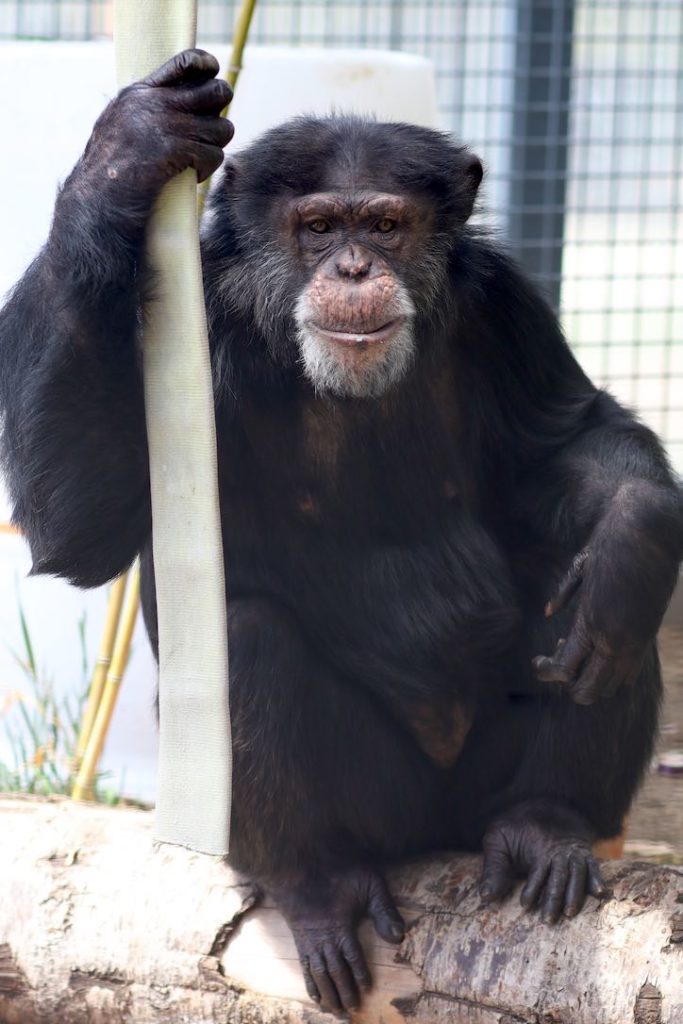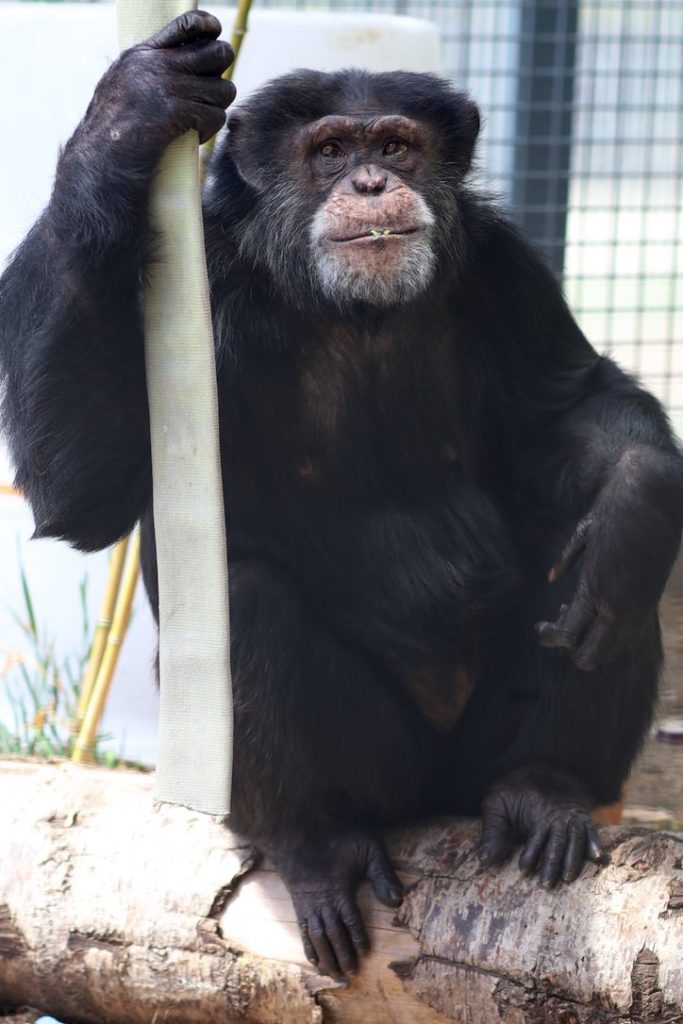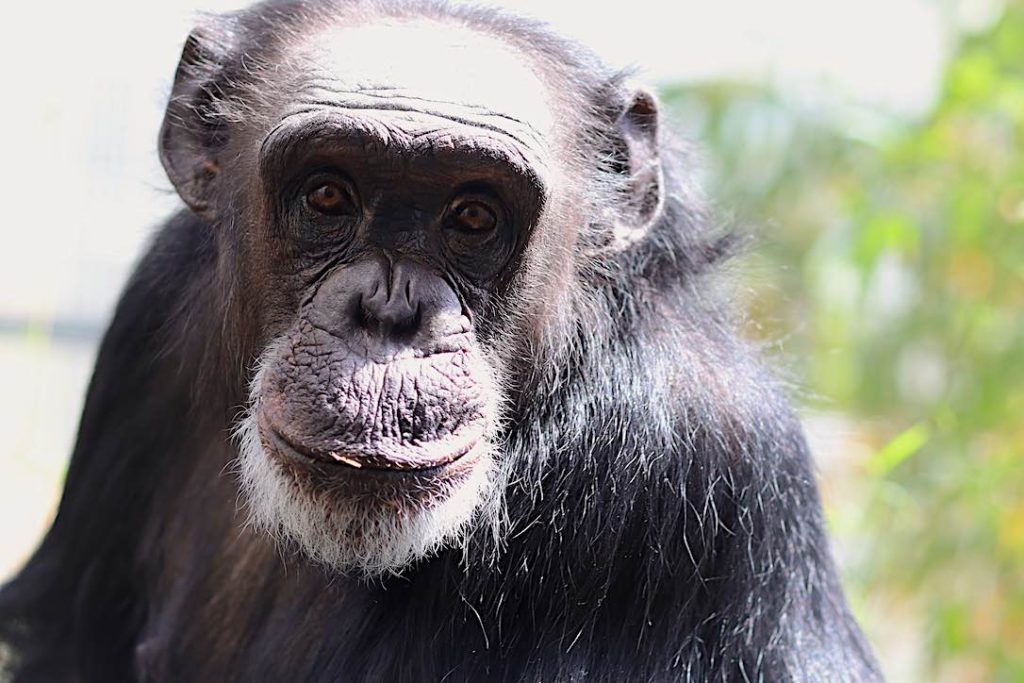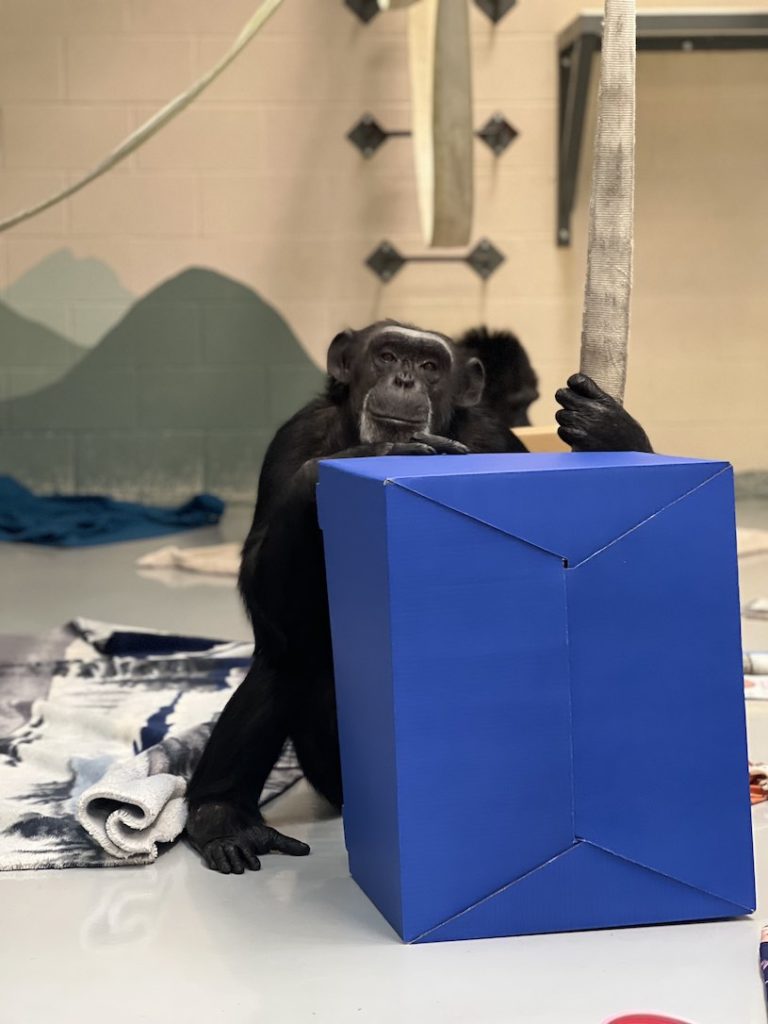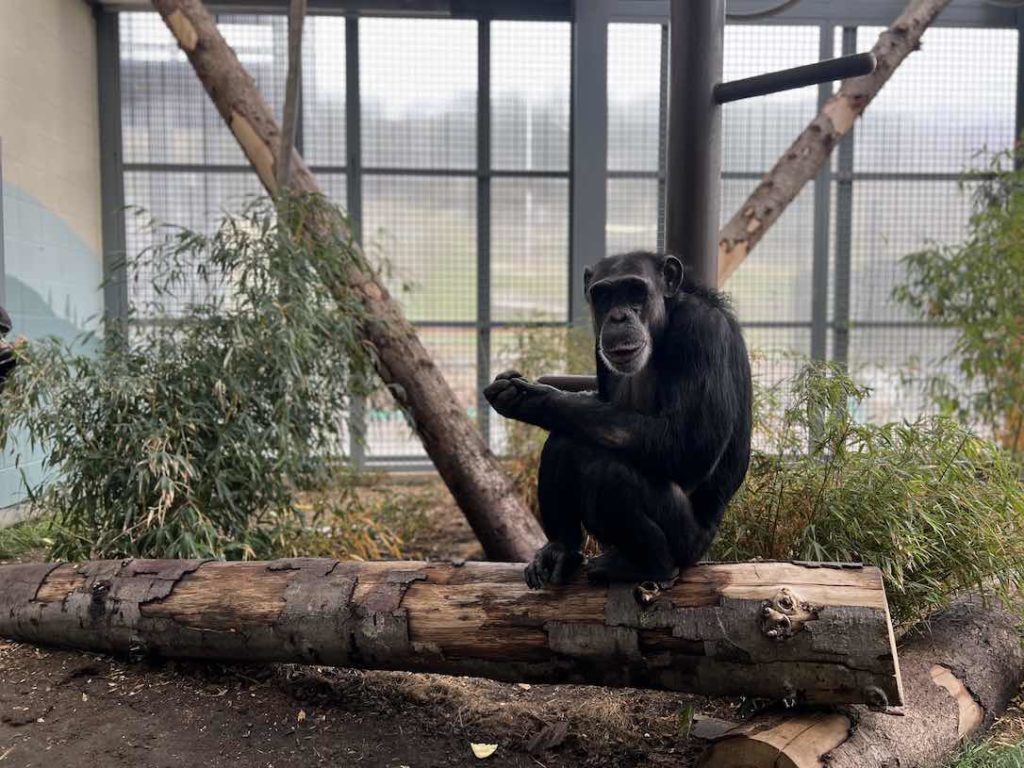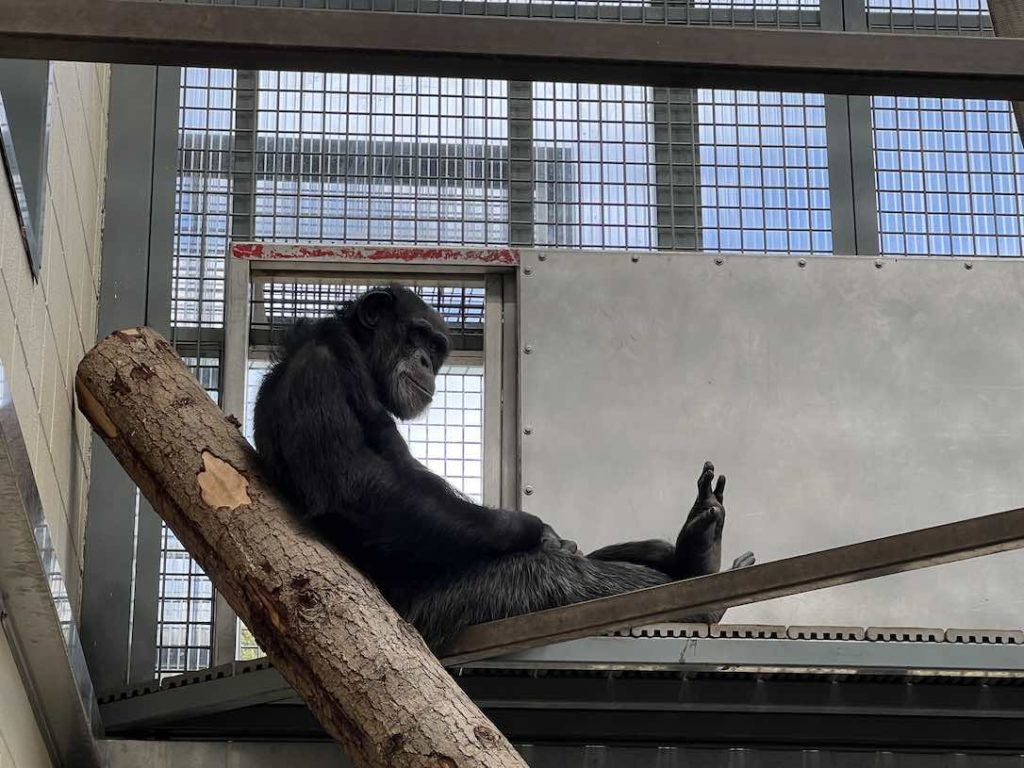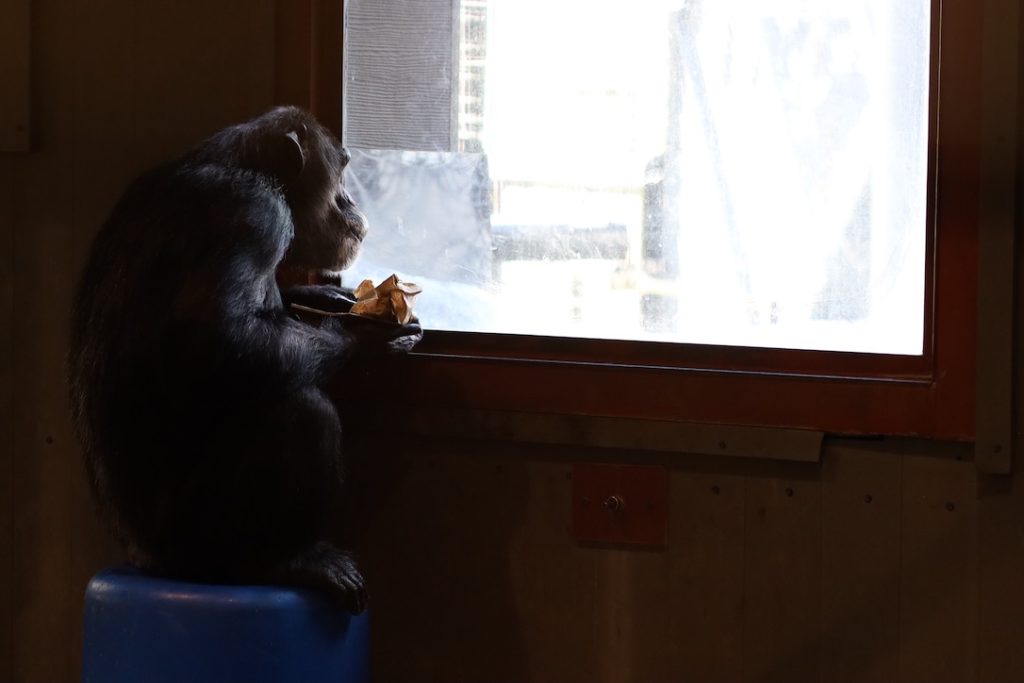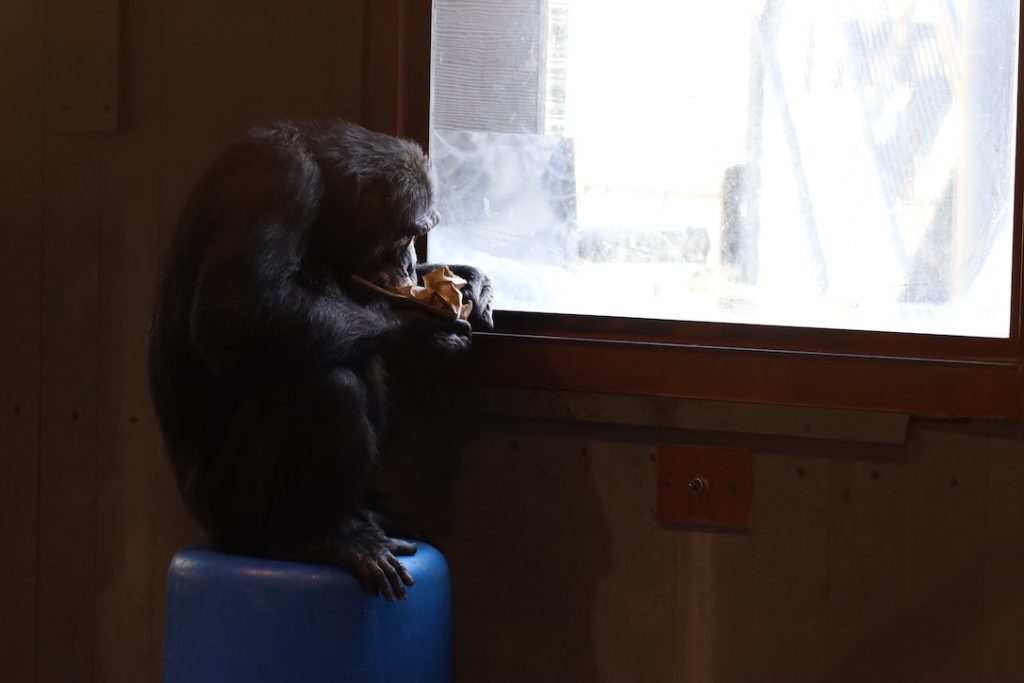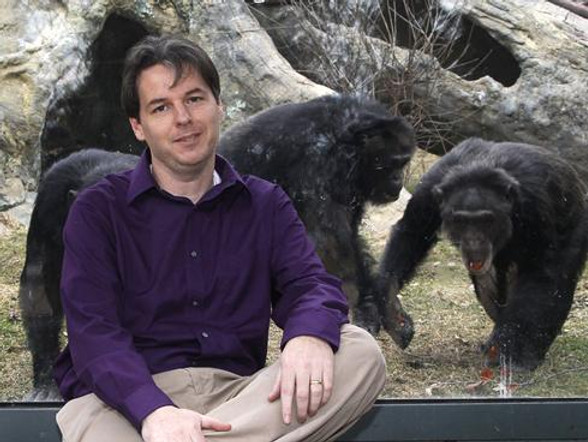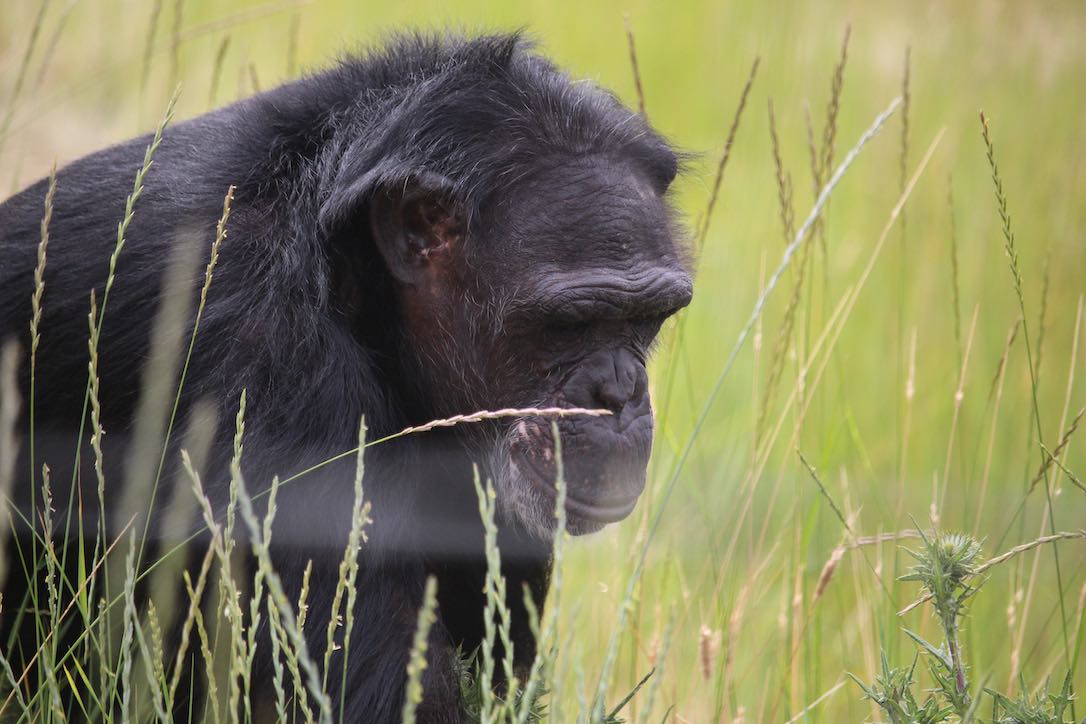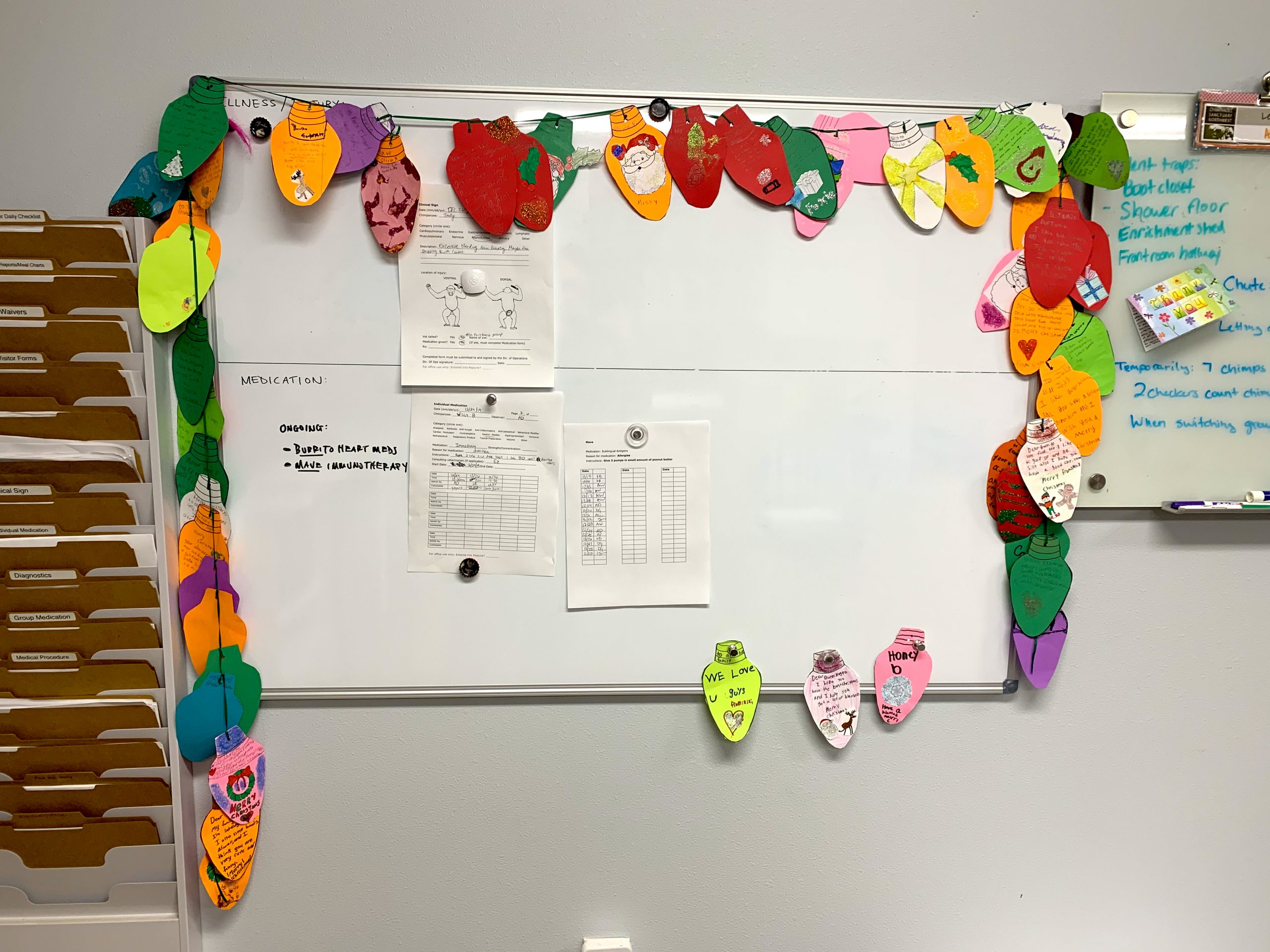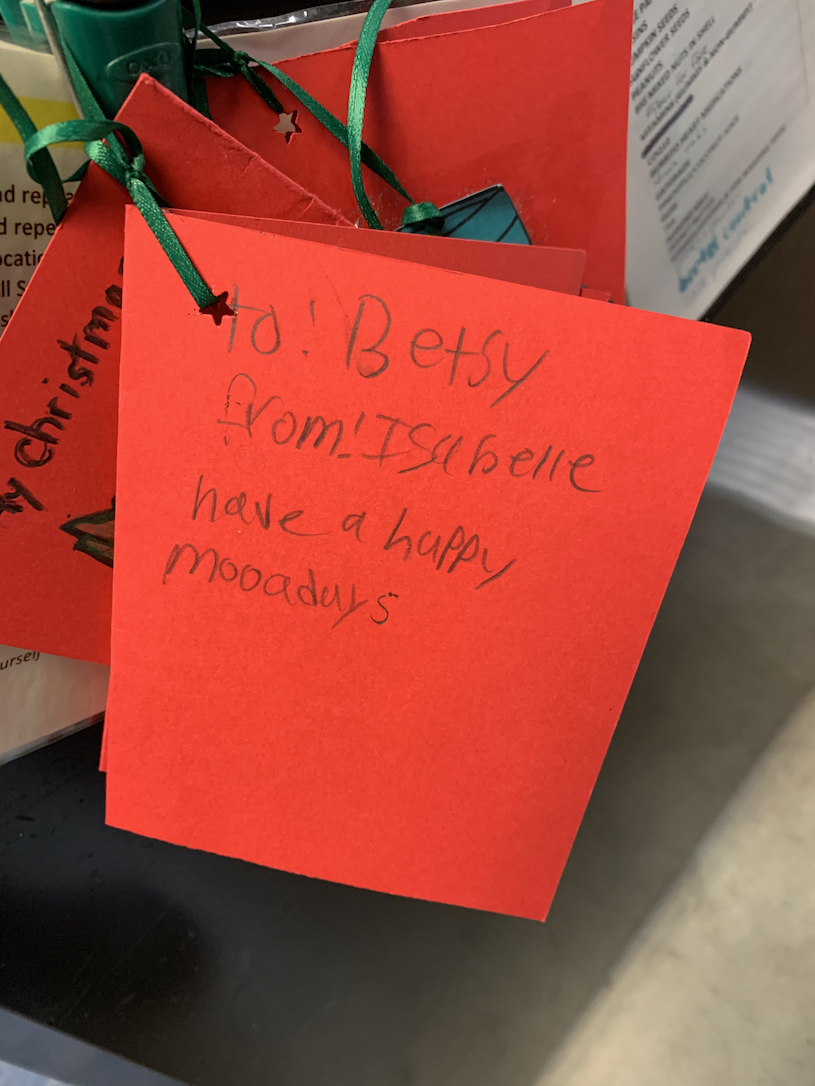Animal exploitation begins with greed… They want to make money and they’ll make money at the expense of any kind of animal, be it a puppy or an elephant. It’s disgusting. ” – Bob Barker
Like a lot of Americans, I have spent some time curled up in a blanket, eating noodle soup, drinking 7-Up, eating saltine crackers, and watching Bob Barker on The Price Is Right when I was at home sick from school. Even though he always ended the show with his famous closing of “Get your pets spayed and neutered,” like clockwork, it wasn’t until I became older I found out how much of an animal lover he was, which in turn made me appreciate him even more.
As some of you know, he was very supportive of the plight of chimpanzees in the Untied States used as biomedical subjects, entertainment, or in roadside zoos. By now, you may have read some of the other accredited sanctuaries who have posted about the passing of Bob Barker and the amazing support he has given them. We are no different. Through his DJ & T Foundation, he has supported Chimpanzee Sanctuary Northwest and our efforts, and we will always be grateful of him.
To honor what I personally think his vision was, here are some photos from today of the chimpanzees enjoying their day free from testing, abuse, and neglect.
Burrito at the start of our morning patrol/run
Jamie at the top of Young’s Hill walking amongst the trees
And Missy… Missy was really all over the place during the first morning patrol.
Trying to get a peep at the neighbors from a higher advantage point
Sprinting off to her next stop
Running down the log used to get to Jamie’s Tower to make it in time for breakfast
Rayne not letting a hole in a cup getting in her way of enjoying a Gatorade pool
And then there’s Gordo.
Handsome
Lovable
Uniq… Gordo… What are you doing?
Oh! Please don’t!
Okay! I get the hint! The photo session is over.
Joking aside, Gordo was just in a playful mood. In fact, he has been in a really good mood all day. Suspiciously in a really good mood. I’m starting to wonder what is up his sleeve for the rest of the day…
Whatever it is, it is his choice.
As Diana said in this 2017 post, “Choice. This, above all else, is what increases primate welfare the most. When you think about it, much of what we share on the blog are the choices that the chimpanzees are freely making on a daily basis.”
The freedom of choice is by far the greatest enrichment chimpanzees in captivity can experience.
